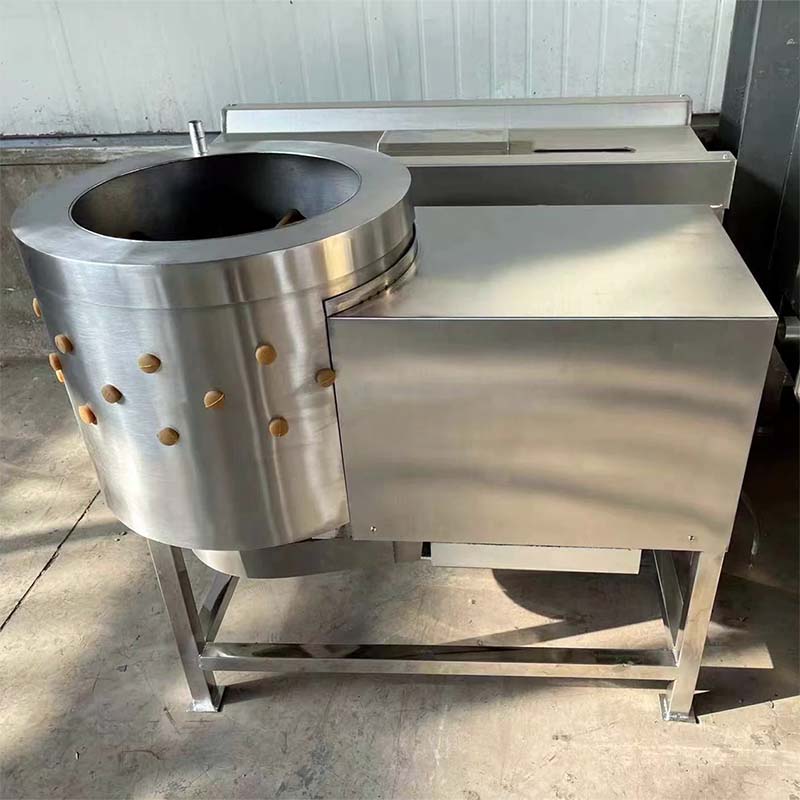machine for making fish feed
12 月 . 29, 2024 18:45 Back to list
machine for making fish feed
The Evolution of Machines for Making Fish Feed
In the aquaculture industry, the demand for high-quality fish feed is paramount. As fish farming continues to grow to meet global seafood demand, the need for efficient and effective methods of producing fish feed has led to the development of specialized machines designed for this purpose. These machines not only enhance feed production efficiency but also ensure that nutritional standards are met, thereby contributing to healthier fish populations and, by extension, healthier consumers.
Importance of Fish Feed
Fish feed is a crucial element in aquaculture, accounting for a significant portion of production costs. High-quality feed promotes optimal growth rates, improves feed conversion ratios, and supports the overall health of the fish. Moreover, poorly formulated feed can lead to waste, affecting water quality and posing risks to the surrounding ecosystem. As a result, the development of machines capable of producing high-quality fish feed is essential for sustainable aquaculture practices.
Types of Machines for Fish Feed Production
1. Extruders One of the fundamental machines in fish feed manufacturing is the extruder. This machine cooks and shapes the feed pellets while ensuring proper gelatinization of starches and protein denaturation, both vital for fish digestibility. Extruders are capable of producing various pellet sizes tailored to different fish species, enhancing their feed acceptance and nutrient intake.
2. Mixers Before the extrusion process, ingredients must be thoroughly mixed to ensure uniformity. Feed mixers play a pivotal role in combining raw materials, vitamins, and minerals. High-quality mixers ensure that every pellet maintains consistent nutritional content, which is crucial for the health and growth of aquatic animals.
machine for making fish feed

3. Dryers After extrusion, fish feed pellets typically undergo drying to reduce moisture content, thus extending their shelf life and preventing spoilage. Dryers are essential in maintaining the feed's quality and nutritional value. Modern dryers utilize advanced technologies to ensure even drying without damaging the feed's integrity.
4. Coolers Following drying, a cooling process is necessary to bring down the temperature of the pellets. Coolers help prevent moisture reabsorption, ensuring that the feed remains stable during storage and transportation.
5. Coating Machines To enhance the palatability of fish feed and increase its nutritional value, coating machines are used to apply oils, vitamins, and attractants to the pellets. This not only makes the feed more appealing to fish but also boosts their overall health, improving growth rates and feed efficiency.
Innovations in Fish Feed Production
With the advancement of technology, fish feed production machines have become more sophisticated. Automation and digital monitoring are gradually becoming integrated into the manufacturing process, allowing for greater control over production parameters and quality assurance. Moreover, the use of alternative protein sources, such as insect meal and plant-based proteins, has led to the development of new formulations, challenging traditional feed ratios and promoting sustainability.
Conclusion
The machines used for making fish feed are vital components of the aquaculture sector, significantly impacting both productivity and sustainability. As the industry continues to evolve, ongoing innovations in machine technology will further enhance the quality and efficiency of fish feed production. This, in turn, will benefit the aquaculture industry, lead to healthier fish, and contribute to fulfilling the global demand for seafood. As sustainability and efficiency remain central themes in food production, the machinery designed for fish feed will undoubtedly play an increasingly critical role in shaping the future of aquaculture.
-
school
NewsJul.10,2025
-
Vacuum Packing Machine - Efficient & Reliable Vacuum Packaging Solutions for Food & Industrial Use
NewsJun.10,2025
-
High-Quality European Rabbit Cage Durable Welded Rabbit Cage Wire Mesh Supplier
NewsJun.10,2025
-
High-Efficiency Air Inlet Window for Optimal Poultry Ventilation & Cooling
NewsMay.30,2025
-
High-Efficiency Evaporative Cooling Pads Durable & Energy-Saving
NewsMay.30,2025
-
Automatic Egg Collecting Machine High-Efficiency Poultry Farm Solutions
NewsMay.29,2025






